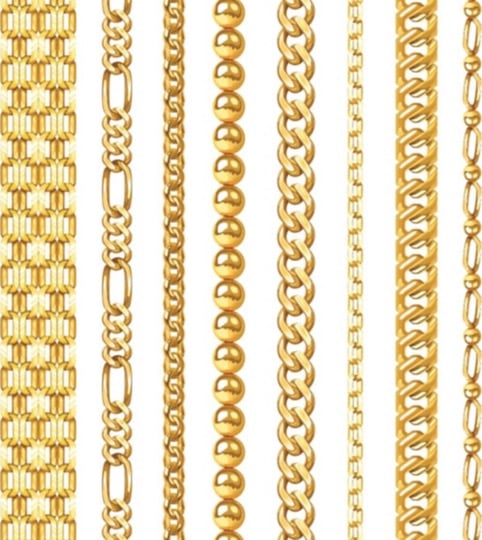
Start-up life is such an interesting animal. Literally, every day is different. Expectations and future plans can change quickly.
In California, the LibDib model now includes some chain business. This is a big change from my initial business plan. By chains I mean retail buyers that have multiple outlets….at least 10 or more individual stores. I wish I could name them here, but the Tied-House Rules keep distributors from “providing things of value” to customers in exchange for buying alcohol. Listing a buyer online or in social media could be construed as advertising. So I will stay on the right side of the regulations....unfortunately my dear reader will have to do a quick Google search.
When I talk about chains, I am only discussing California. New York has a two-license rule, so independent retailers rule the roost in that market.
A number of our Makers have received chain placements, sometimes because they are successful in other markets. Other times, we submit them (or provide directions for submission) for consideration. But more often than not, our Makers hustle and pitch their businesses successfully.
As a Maker, working with the chains can be great for multiple points of distribution and (of course) case sales. But there are some important things to remember and to abide by when going after or working with chains and big buyers in general.
Here are a few tips:
- Do not have an “OOS situation” which is Out of Stock or a delay in shipment. Think about it. That chain has made space for your products on their shelf. Empty shelf spots are no bueno when it comes to a store’s planning and weekly sales. This is a highly competitive business. A shelf slot will not sit empty for long. You will be replaced. Once you are in and then out...it is that much harder to get back in the door, especially if the buyer does not have the confidence that you can supply the demand. This can be tough for smaller producers who do not keep a lot of inventory around. However, your mentality must change if you want to build your brand. Do not have OOS situations. All that hard work with buyer relationships can be undone with just one month of no product. Invest some time into inventory management. Have a par on the floor (at least one case per point of distribution would be my rule of thumb), but consider having a buffer if you get one half pallet or pallet shipment for a club of some sort. The investment will be worth it when your buyers are happy and your placements remain in place. And you will save money over time by not having to rebuild your distribution.
- Make sure you are telling your customers where they can find your products. Have a map on your website with all points of distribution. Have lists in your tasting room. Use social media (just make sure you are mentioning all your accounts, per Tied House Rules). Send emails to your customer base in each state. Check the Tied House regulations in each state, and if you promote all of your points of distribution, then you are not giving anything of value away.
- Where it is legal and available, try and schedule tasting events at various stores. Having customers try your products is the best way to solidify your distribution placements. If you can’t do it in person, consider a brand ambassador service (we have referrals) to pour for you. Or make a visit to the market and schedule a tour of your buyers. Even better, promote it to your customer list as well. Win win!
- Consider social media advertising to consumers in the areas you have placements in. For example, if a bourbon gets a retail placement in San Francisco, invest in Facebook advertising to consumers in that area that love Bourbon. Link the ad to the map on your website where your products are available. Promote good scores, awards or just be creative. If you need a consultation or help with putting together a program, let us know. We have referrals!
I love that the big chains are interested in carrying small suppliers and craft products. Exciting! It really validates our model of supporting the little guys in three-tier distribution--one case at a time. This is the future of the industry because these products are what consumers seek--authenticity and quality. However, suppliers should make sure they are ready for the big buyers, because it is way harder to get in after being kicked out.
Cheers!



